Iksan Ipjeomni Ancient Tombs (익산 입점리 고분)
9.1 Km 7115 2024-04-07
80, Ipjeomgobun-gil, Iksan-si, Jeonbuk-do
+82-63-859-5875
The Iksan Ipjeomni Ancient Tombs are a group of ancient Baekje-era tumuli located 100 meters above sea level on the northeast brow of Chilmokjae Hill in Ipjeom-ri, Iksan-si, Jeollabuk-do. The burial ground covers an area of more than 18,520 square meters and is officially listed as Historical Site No. 347. To date, a total of eight tumuli have been excavated, all of which are chamber tombs.
Surprisingly enough, the tombs were first discovered in 1986 by a high school student. While digging for arrowroot, a young man from a local high school found some pieces of gold that resembled a hat. He quickly notified the authorities and it was soon discovered that the pieces of gold were in fact valuable ancient artifacts. An emergency excavation was conducted and the eight tumuli were uncovered, but unfortunately all of the tumuli except Tomb No. 1 had been severely damaged. Tomb No. 1, which is still in relatively good condition, boasts an entrance measuring an impressive 16 meters in x_height and 2 meters in x_width.
Inside the tombs archaeologists found valuable relics from the Baekje dynasty including earthenware, jewelry (a gilt-bronze hat, gold earrings, glass beads, etc.), harnesses and ironware. Given the shapes and the types of the pieces found, historians estimate that the tumuli were built in the 5th century. Since the gilt-bronze hat is similar in shape to those found in Japan, experts believe that there was an active exchange between the Baekje people and the people of Japan.
Deoksugung Haemul Kalguksu (덕수궁해물칼국수)
9.2 Km 20616 2024-02-28
5, Jangsan-ro 855beon-gil, Maseo-myeon, Seocheon-gun, Chungcheongnam-do
041-956-7066
Located near the Geumgang Estuary Embankment, Deoksugung Haemul Kalguksu serves haemul kalguksku (noodle soup with seafood) full of clams and vegetables. Kalguksu (noodle soup) is made by rolling out a thin flour dough, slicing it into thin strips, and then boiling them in a soup. There’s a variety of kalguksu (noodle soup) dishes on offer, along with wangmandu (jumbo mandu). The broth is clean, thanks to shrimp and fresh vegetables. Don’t miss yeolmu kimchi (young summer radish kimchi), which is served as a side dish in the restaurant and goes perfectly with kalguksu (noodle soup).
Huirisan Pine Tree Recreational Forest (국립 희리산해송자연휴양림)
11.0 Km 42079 2022-07-22
+82-41-953-2230
Surrounded by majestic pine trees, Huirisan Mountain boasts an outstanding landscape; there is a reservoir at the foot of the mountain. Upon climbing to the top of the mountain, visitor can overlook the scenic West Sea. There are also numerous attractions near Huirisan: Chunjangdae Beach, Geumgang River Banks, and Hansan Mosi Town (“Mosi” referring to “Ramie,” the predominant fabric used for traditional Korean clothing)
The top of the mountain (329m in x_height) is called Munsubong (or Munsu Peak). To the northwest of the Huirisan Pine Tree Recreational Forest is Saindae. Legend goes that four generals used to play there. Indeed, there is a cliff (140m in x_height) just below Saindae where they were believed to do chin-ups. Naturally, people call the area Teokgeolijang (Chin-Up Spot). Traces of Munsusa Temple still remain below Munsubong although it was said to have been destroyed by a huge number of bedbugs. 500m from Munsubong to the south, horse riding trails of the four generals are dotted along the ridge; Malttongbawi (Horse Dung Rock), resembling horse droppings, is 500m from the peak to the southeast.
Below Munsubong are four large peaks where the four generals lived and 100 small rocks beneath them that were home to low ranking men commanded by the generals. Because of their unique shapes, those rocks form a scenic sight while hiking in Huirisan.
Surawon (수라원)
11.2 Km 21068 2024-02-26
641-9, Jangsan-ro, Janghang-eup, Seocheon-gun, Chungcheongnam-do
0507-1435-6250
Surawon is a hanu (Korean beef) and bulgogi restaurant located at the estuary where the Geumgang River meets the Yellow Sea, allowing visitors to have a great view of the sea, the river, tidal flats, and the city of Gunsan beyond the river. The menu includes seoksoe bulgogi (grilled bulgogi), dwaeji galbi jjim (braised pork galbi), so galbi jjim (braised beef galbi), and hanu gui (grilled Korean beef). The nearby Geumgang Estuary Embankment is famous for the view of thousands of migratory birds dancing above the water, while the city of Gunsan across the Dongbaekdaegyo Bridge is known for its modern architecture and historical sites.
Iksan Sungnimsa Temple (숭림사(익산))
11.6 Km 7496 2024-04-07
495-57, Baekje-ro, Iksan-si, Jeonbuk-do
+82-53-862-6394
Sungnimsa Temple is one of the major temples in Iksan under Geumsansa Temple and was believed by some to have been built by monk Jinpyo Yulsa during the reign of King Gyeongdeok (742-764) during the Silla period. Others believe that the temple was established during the first year of King Chungmok of the Goryeo dynasty in 1345. Sungnimsa Temple was named in honor of great monk Bodhi-Dharma, who practiced seated Zen meditation for nine years at Sorimsa Temple located deep inside Sungsan Mountain in China. The temple was burnt down during the Imjin War (1592-1598), leaving only Bogwangjeon Hall. Bits and pieces of the temple were later restored in 1697, 1819, and 1892.
Gyegok Garden Kkotgejang (계곡가든꽃게장)
12.1 Km 27613 2024-04-07
470 Geumgang-ro, Gaejeong-myeon, Gunsan-si, Jeonbuk-do
Gyegok Garden Kkotgejang is a restaurant sought after by food enthusiasts nationwide, renowned as the first establishment in the country to patent gejang (marinated crab) cuisine. Originally selling dwaeji galbi (grilled pork galbi), the restaurant's main dish shifted to crab after its exceptional kkotge jang (soy sauce marinated crab) side dish garnered increasing attention from customers seeking gejang delicacies. The secret to its flavor lies in the authentic soy sauce, aged with 16 medicinal herbs, and the plump meat of female crabs. Customers can enjoy gejang with minimal fishy or salty taste, instead relishing in the rich and savory flavor of the crab.
Gunsan Daejeon Hoetjib (군산대전횟집)
12.8 Km 1 2024-04-07
149 Naehang 2-gil, Gunsan-si, Jeonbuk-do
Gunsan Daejeon Hoetjib is a popular local recommendation known for its fresh sliced raw fish and upscale side dishes. Located just a 10-minute drive from Gunsan Port, customers can enjoy their meal while admiring the view of Dongbaekdaegyo Bridge and the inner harbor of Gunsan. The signature menu item is the modeum hoe (assorted sliced raw fish) featuring a variety of fish such as flatfish, rockfish, sea bass, and sea bream, along with steamed lobster.
Jinpo Maritime Theme Park (진포해양테마공원)
12.9 Km 17225 2024-04-07
12, Naehang 1-gil, Gunsan-si, Jeonbuk-do
+82-63-454-7873
The Jinpo Maritime Theme Park opened in 2008 to commemorate Jinpodaecheop, the sweeping victory of Jinpo in the naval combat against the Japanese forces led by General Choi Mu-seon in 1380. Constructed with a scenic backdrop of the local port and the vast sea, the park houses 16 retired military crafts of 13 models. On display at the park are vintage tanks, historical artillery, combat planes, and warships including the Wibongham Ship, a vessel that was used in combat during the Vietnam War. Visitors can also explore the interior of decommissioned warships. The exhibition hall inside the Wibongham Ship showcases weapons used during the Jinpodaecheop War, artillery made by General Choi Mu-seon, and the typical life inside the warship.
Gunsan Port (군산항)
12.9 Km 39526 2024-04-07
442 Imhae-ro, Gunsan-si, Jeonbuk-do
Gunsan Port, established in 1899, is the port of Gunsan. During the Japanese colonial period, Gunsan prospered as a trading port. Modern buildings from that era still remain around Gunsan Port, creating a nostalgic atmosphere often referred to as a "time-travel village." Nearby attractions include the Gunsan Modern History Museum and the Sinheung-dong Japanese-style House Street.
Gunsan Modern History Museum (군산근대역사박물관)
12.9 Km 24722 2024-04-06
240, Haemang-ro, Gunsan-si, Jeonbuk-do
The Gunsan Modern History Museum covers the history of Gunsan's transformative role as an international trading port. The museum exhibits past images of Gunsan, showing the city's rise and importance as a West Sea maritime distribution port.
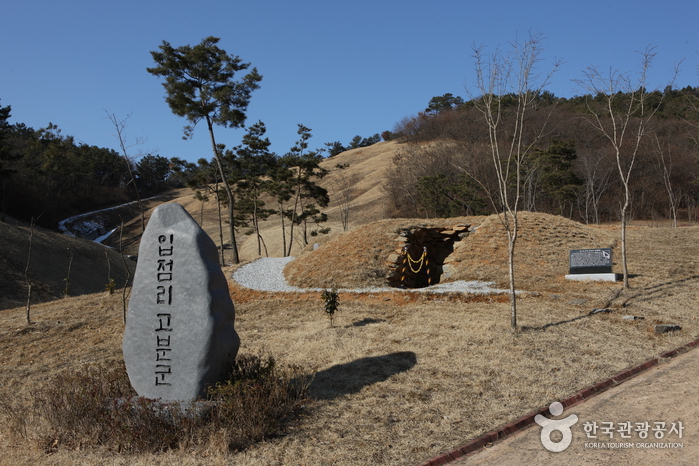

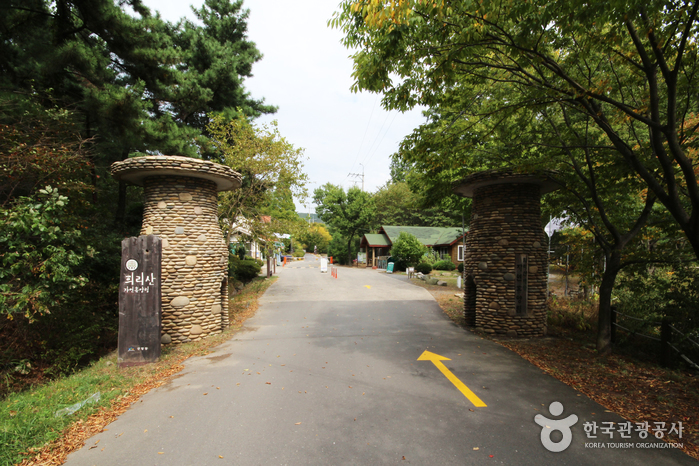
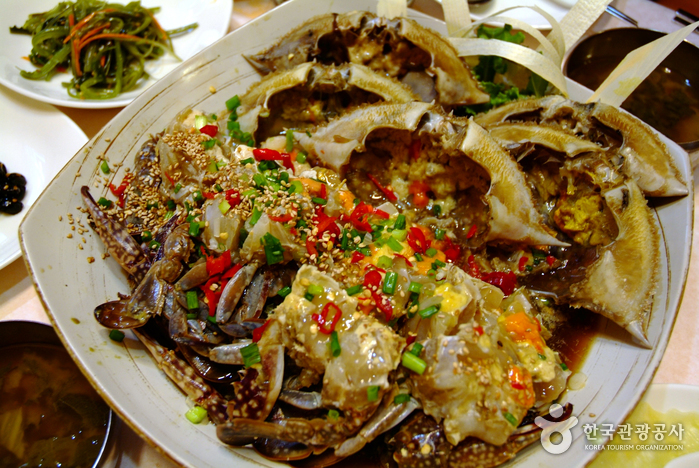
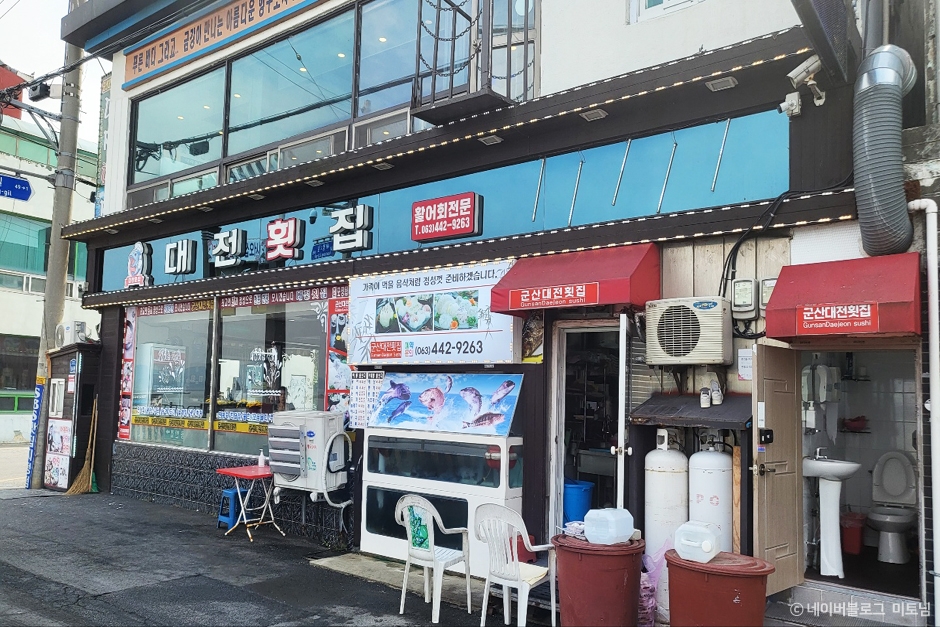
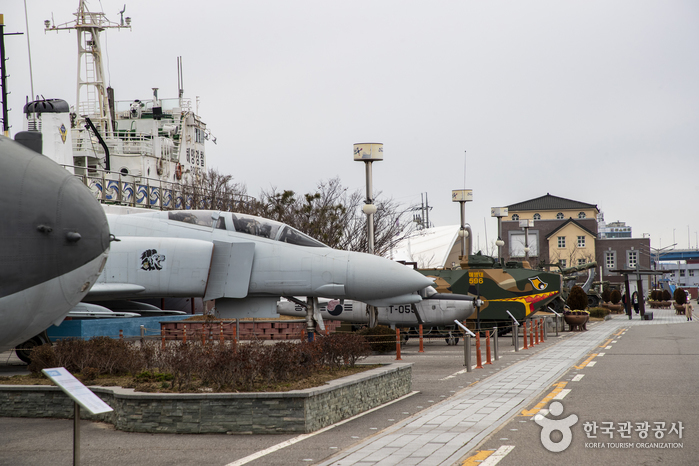
 English
English
 한국어
한국어 日本語
日本語 中文(简体)
中文(简体) Deutsch
Deutsch Français
Français Español
Español Русский
Русский